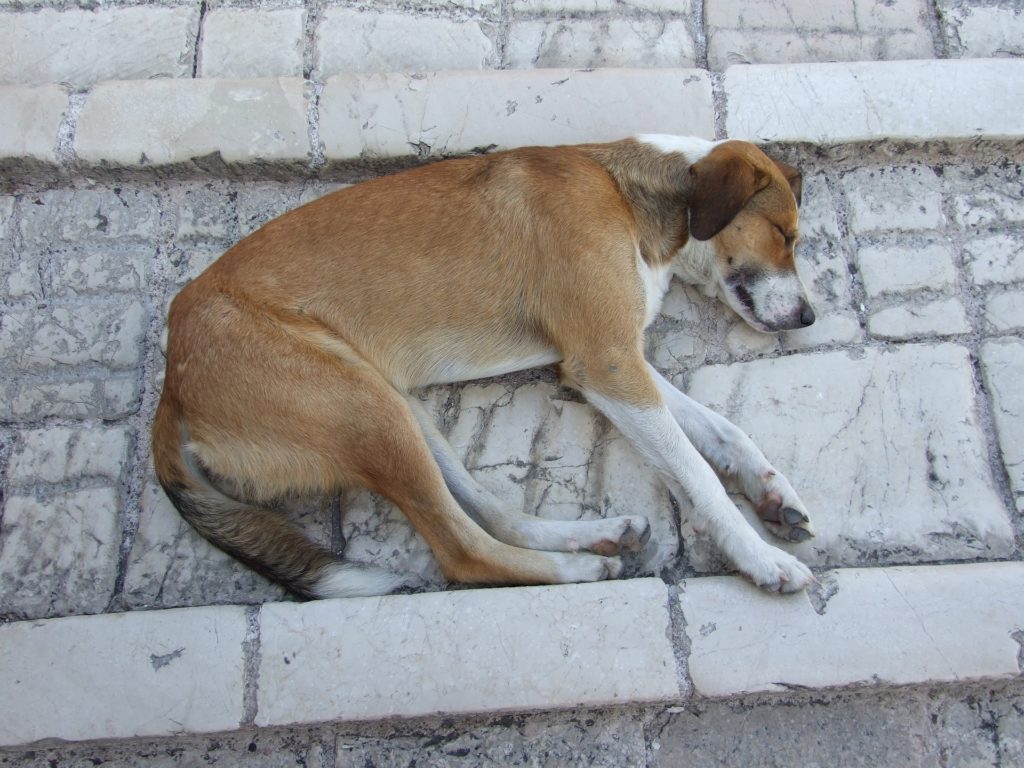The dog days are here – forgive the pun, but the hottest days of the year have arrived, and of course, we want to stay healthy and keep away from heat-related illnesses. But also keep an eye on your beloved pets, because they can suffer those conditions without us even knowing. Mary Peng of the International Center for Veterinary Services (ICVS) gives us more ideas about pet exhaustion/fatigue in summer.
How does heat stroke happen in pets?
Heat stroke happens when your pet’s body has exceeded its ability to dissipate heat by normal processes such as panting and sweating. As a result, body temperature rises, which can cause serious damage to many of the body’s systems, particularly the heart and lungs. If allowed to continue, these elevated temperatures can also cause tissue damage and degeneration. Although most common in dogs, heat stroke can also occur in cats and other pets.
What causes heat stroke in pets?
Heat stroke often occurs when animals are exposed to abnormally high levels of heat, are exposed for long periods of time, or do not drink adequate amounts of water. Often, humidity can also contribute to heat stroke because it decreases animals’ ability to dissipate heat.
What are factors that increase the chances of pets getting heat stroke?
Some animals are more susceptible to heat stroke, such as those with heart conditions or those who are elderly. In addition, animals with thick, furry coats (such as shepherds) or animals with short noses (such as bulldogs) are more susceptible because they cannot dissipate heat as effectively.

What are the symptoms of heat stroke in pets?
Some easily identifiable symptoms of heat stroke are vomiting, difficulty breathing, rapid breathing, seizures and inability to walk.
What if my pet gets these symptoms?
Do not wait for the situation to get worse or the symptoms to go away! This is a serious medical condition. You may wet down your animal with cool water, but be sure not to use ice water or freezing water as this can cause blood vessel contraction that will worsen the problem. Also, do not cover your pet in with wet towels as the towels can trap heat. If available, apply ice packs to the body and alcohol to the pads of the feet. Encourage drinking water. Seek medical help immediately.
How can I prevent heat stroke?
When it is hot and/or humid, keep your animals out of the heat as much as possible. You can take them for multiple, shorter walks rather than fewer, longer walks. Avoid taking your animals out in the middle of the day, when temperatures are highest. Do not leave your pets in the car or in any unventilated space unattended. Always make sure that your pet has access to fresh water.
For more information about preventing heat stroke in pets and to get expert advice, contact ICVS at www.ICVSASIA.com or add their WeChat (ID: ICVSCHINA or scan the QR code:

Photos: congerdesign and kubicekonderka via Pixabay, ICVS
More stories by this author here.
Email: andypenafuerte@beijing-kids.com
Instagram: @coolkidandy




